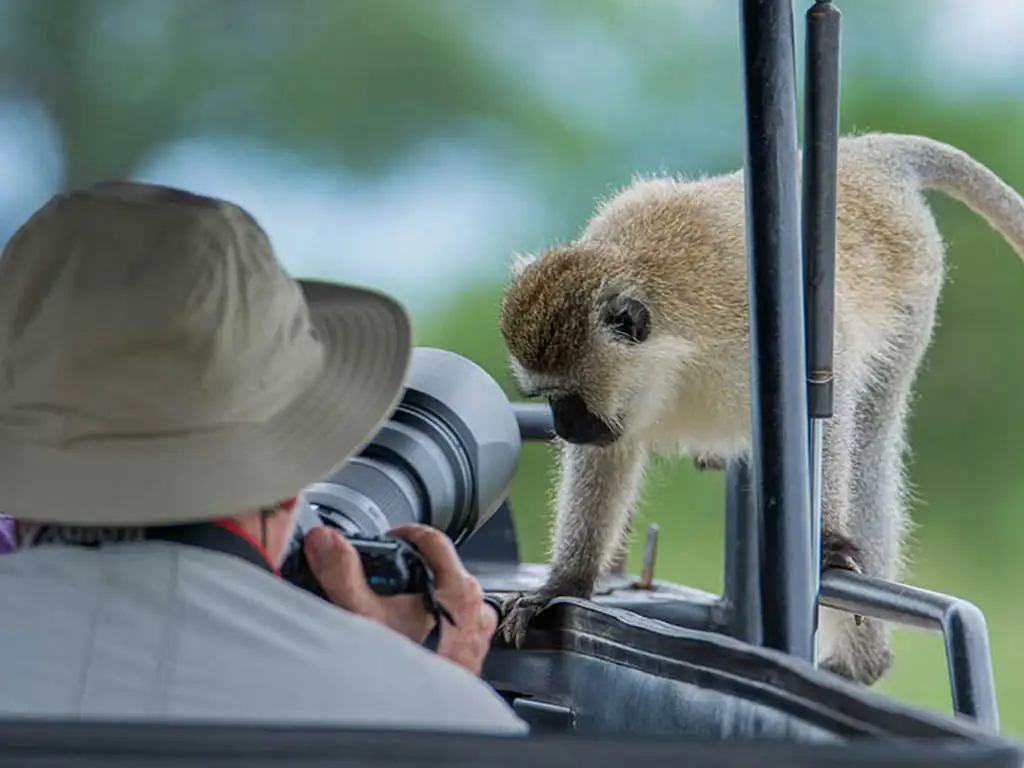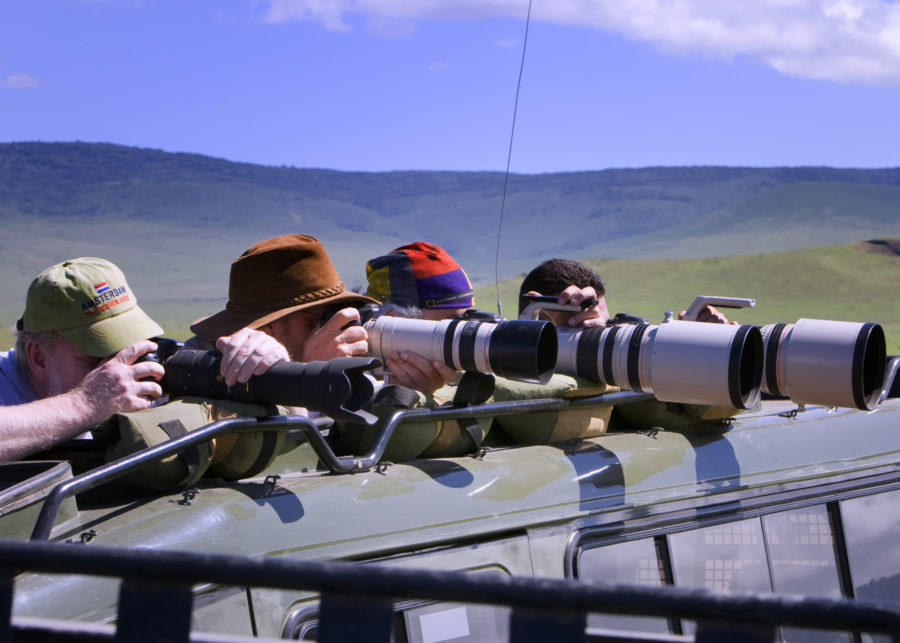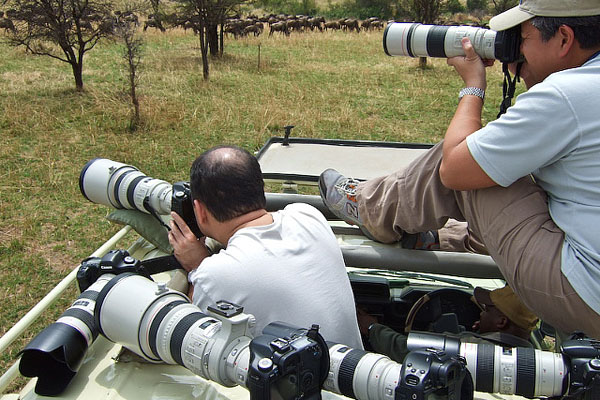Tanzania Photographic Safaris
Tanzania is a fantastic destination for wildlife photography enthusiasts, offering diverse landscapes and iconic African wildlife. Planning a photographic safari in Tanzania can provide incredible opportunities to capture stunning images of animals in their natural habitats. Here are some considerations and tips for organizing a successful photographic safari in Tanzania:
- Choose the Right Time and Location:
- Tanzania has various national parks and conservation areas, each with its unique attractions. Consider the time of year and the specific locations that align with the migration patterns or the presence of particular wildlife.
- Serengeti National Park and Ngorongoro Crater are popular destinations known for their rich biodiversity.
- Select a Reputable Tour Operator:
- Research and choose a reputable safari tour operator that specializes in photographic safaris. Look for companies with experienced guides who understand the needs of photographers and the importance of ethical wildlife viewing.
- Photography-focused Guides:
- Ensure that the guides accompanying the safari have a good understanding of wildlife photography. A knowledgeable guide can help you position yourself for the best shots and provide insights into animal behavior.
- Pack the Right Gear:
- Bring a reliable and versatile camera with a good zoom lens. Consider bringing a backup camera as well.
- A sturdy tripod can be essential for capturing sharp images, especially during low-light conditions.
- Have sufficient memory cards and batteries to last the entire safari.
- Learn Bush Etiquette:
- Understand and adhere to bush etiquette to ensure minimal impact on wildlife. Avoid making loud noises, sudden movements, or disturbing the animals.
- Follow the guidance of your guides regarding the appropriate distance to maintain from the wildlife.
- Patience is Key:
- Wildlife photography requires patience. Be prepared to spend time observing and waiting for the perfect shot.
- Avoid rushing and appreciate the unique moments that unfold in the wild.
- Educate Yourself:
- Learn about the behavior of the animals you’re likely to encounter. Understanding their habits will help you anticipate and capture more compelling images.
- Respect the Environment:
- Practice responsible tourism and respect the natural environment. Avoid littering, and follow Leave No Trace principles.
- Connect with Fellow Photographers:
- Participate in photographic safaris that attract like-minded individuals. Sharing experiences and tips with fellow photographers can enhance your learning and enjoyment.
- Post-Processing Skills:
- Develop post-processing skills to enhance and refine your images. Software like Adobe Lightroom or Photoshop can be valuable tools for editing your safari photos.
Remember that a photographic safari in Tanzania is not just about capturing images but also about appreciating the beauty of nature and wildlife conservation. Enjoy the experience, learn from it, and contribute to the responsible tourism practices that support the preservation of these incredible ecosystems.




